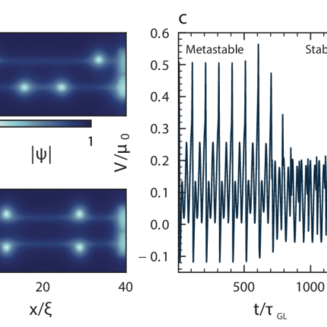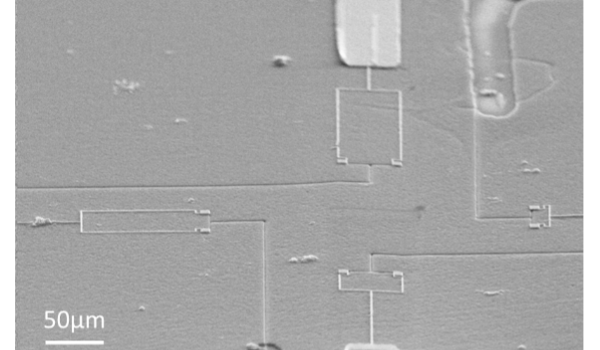
Towards a 100GHz qubit
Superconducting quantum circuits, recently recognized by the Nobel Prize in Physics, open up a fascinating field of research for studying and manipulating quantum phenomena at the macroscopic scale. Over the past few decades, these circuits have (…)
En savoir plus CMQED group
CMQED group



